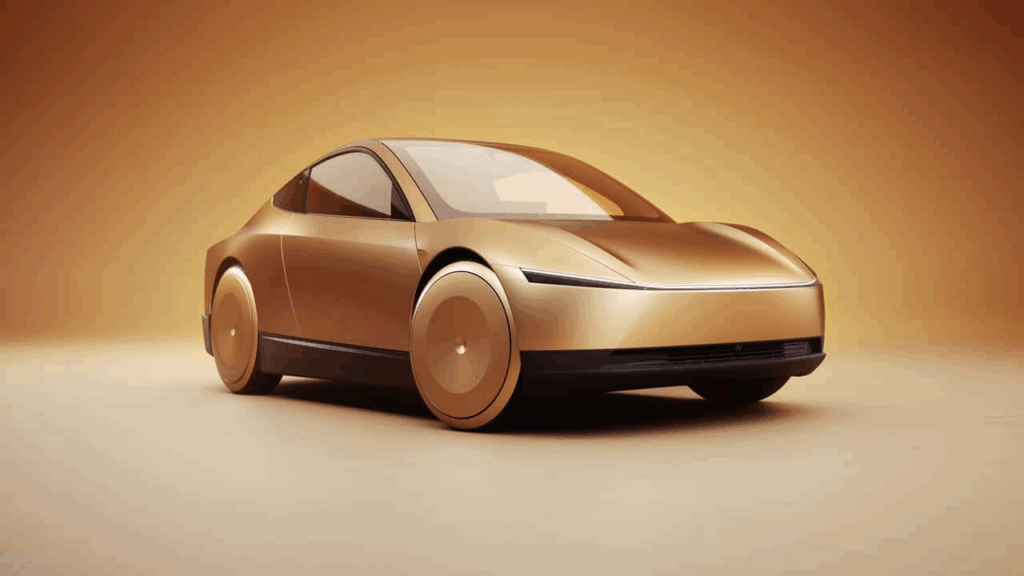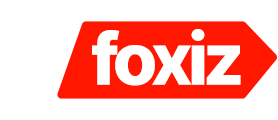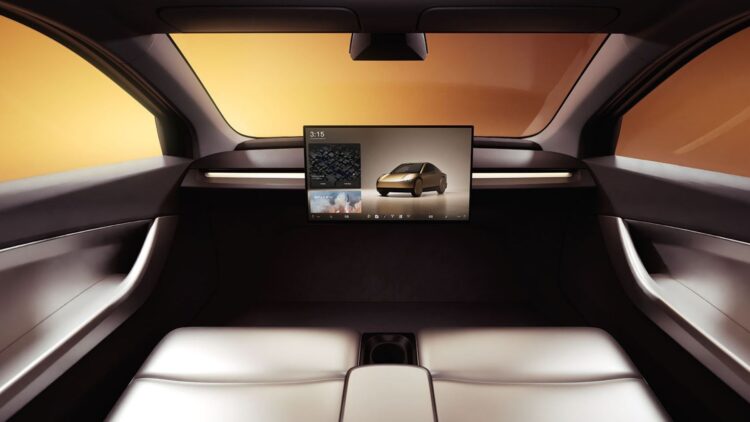Tesla plans a quiet rollout of its robotaxi service, expected to launch on June 22, 2025. However, the initial testing will be minimal, with only about 10 Model Y cars operating in select areas of Austin, Texas. This cautious approach reflects Tesla’s careful attention to safety and regulatory compliance amid ongoing scrutiny of its Full Self-Driving (FSD) technology.
What’s Happening & Why This Matters
Tesla’s robotaxi service will begin with a small fleet of roughly 10 Model Y vehicles. These cars will operate within a tightly defined geo-fenced area, avoiding Austin’s most complex and challenging roads. The limited scope reduces risk while allowing Tesla to test the service in real-world conditions.
Each vehicle will have remote teleoperators ready to intervene if the autonomous system encounters difficulties. This human oversight is to prevent accidents and ensure passenger safety during the early deployment phase.
Tesla CEO Elon Musk previously mentioned a target fleet of 10 to 20 robotaxis, so the initial size aligns with his statements. The company has kept details under wraps, likely because it wants to control public exposure during this critical testing phase.

The robotaxi launch has faced multiple delays over the years, partly due to safety concerns. Tesla is currently facing investigations related to crashes involving its Full Self-Driving (FSD) technology. Musk recently acknowledged the company’s “super paranoid” approach to safety, hinting that the launch date could slip past June 22.
Regulatory hurdles seem minimal for now. The U.S. Department of Transportation (DOT) has given Tesla the green light, and driverless Model Ys have been spotted testing in Austin recently. Earlier in 2025, Tesla conducted internal tests involving employees in Austin and San Francisco.
Tesla’s cautious robotaxi rollout contrasts with rivals like Waymo, which operates over 1,500 autonomous vehicles in multiple cities. Waymo even launched a public trial in Austin earlier this year. This puts pressure on Tesla to prove the safety and reliability of its technology.
According to reports, Tesla’s initial robotaxi rides will likely be reserved for employees and select guests. The broader public may have to wait several months before they can access the service. This controlled release aims to collect data and enhance safety prior to a full commercial launch.
TF Summary: What’s Next
Tesla’s robotaxi service begins with just 10 cars in a limited Austin area, emphasizing safety and regulatory compliance. Remote teleoperators add a critical safety net during initial deployment.
The cautious launch shows Tesla’s desire to avoid mishaps and refine its technology before opening to the public. The coming months will show how Tesla balances innovation with safety in autonomous ride-hailing.
— Text-to-Speech (TTS) provided by gspeech


